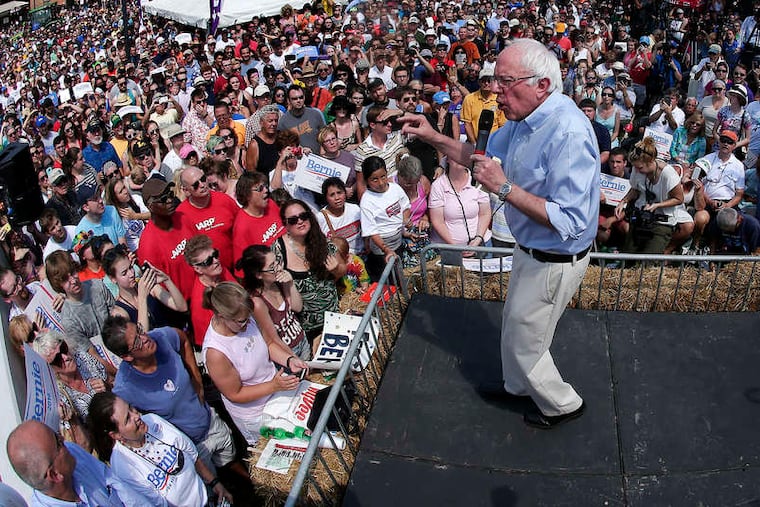Health-care costs are a major 2020 election issue. These 5 charts show you why.
These five charts show why health care costs are such a hot topic this election season.

Health care has quickly become a top issue in the 2020 election — and for good reason.
More specifically, the cost of American health care — far more than the quality of it — has become the focus of the policy proposals candidates are shopping around to voters.
While Democrats debate the concept of Medicare for All, President Donald Trump’s budget plan for the next fiscal year, which starts in October, outlines his vision for replacing the Affordable Care Act, the signature achievement of his predecessor, Barack Obama.
The cost of health care has become a huge source of anger and anxiety for voters.
National health spending continues to soar, even as American life expectancy falls short of countries that spend far less. Individual out-of-pocket costs are far outpacing wage increases and inflation.
It used to be that if you had insurance, you were probably OK. But that’s no longer so. Consumers are helpless over unpredictable charges and such issues as “surprise” medical bills when they unknowingly cross paths with an out-of-network provider. Congressional inability to do anything about that issue, even with bipartisan agreement that it’s a problem, only fuels that fury.
Here are five charts to help illustrate the deep roots of Americans’ dissatisfaction.
1. U.S. health spending outpaces that in the rest of the world
National health spending as a percent of gross domestic product has risen dramatically over time, and the gap between the U.S. and other countries on that measure has widened.
2. Paychecks can’t keep up with health costs
The cost of health insurance, the portion of the premium that individuals pay, and the plans’ deductibles are all growing faster than wages and inflation. That means Americans with employer-sponsored health insurance — which covers the vast majority of people under age 65 — are dedicating more of their (often stagnant) paychecks to health care, leaving less for other necessities.
3. Spending more, but not getting more
The prices charged for health-care services, such as doctor’s visits and hospital stays, have increased dramatically. Overall health-care spending is rising largely because of the prices charged, not because Americans are using more health-care services.
4. Specialty drugs cost a lot - especially in the U.S.
Total drug spending declined as prices for generic drugs went down, but specialty drugs — which have become essential for such disabling conditions as multiple sclerosis and rheumatoid arthritis — without an available generic remain extremely expensive in the U.S. In some cases they are double what you’d pay in another country.
5. Medical debt is another burden on the young
Although medical spending increases with age, medical bills in collections are highest among young adults, who are more likely to have high deductibles or be uninsured, and have less savings to cover unexpected expenses. (Plus, they increasingly face enormous student loan debt.) As a study published in the journal Health Affairs found, it doesn’t take much for a medical bill to become unaffordable and begin damaging credit and even leading to bankruptcy.